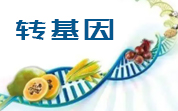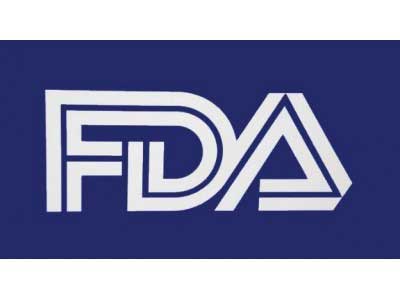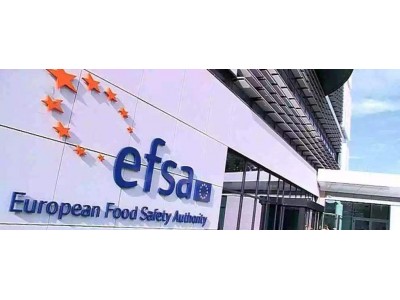銆€銆€缁忚繃璇勪及锛屼笓瀹跺皬缁勮涓猴紝鍦ㄩ鏈熺殑浣跨敤鏉′欢涓嬶紝涓嶈兘鎺掗櫎楗鏆撮湶寮曡捣杩囨晱鍙嶅簲鐨勯闄╋紝浣嗚繖绉嶆儏鍐靛彂鐢熺殑鍙兘鎬у緢浣庛€傛牴鎹墍鎻愪緵鐨勬暟鎹紝璇勪及灏忕粍寰楀嚭缁撹锛岃繖绉嶉鍝侀叾鍦ㄩ鏈熶娇鐢ㄦ潯浠朵笅涓嶄細寮曡捣瀹夊叏闂銆傞儴鍒嗗師鏂囨姤閬撳涓嬶細
銆€銆€The food enzyme asparaginase (l-asparagine amidohydrolase; EC 3.5.1.1) is produced with the genetically modified microorganism Aspergillus oryzae strain NZYM-OA by Novozymes A/S. The genetic modifications do not give rise to safety concerns. The food enzyme is free from viable cells of the production organism and its DNA. It is intended to be used in various food manufacturing processes to prevent acrylamide formation. Dietary exposure to the food enzyme–total organic solids (TOS) was estimated to be up to 0.051 mg TOS/kg body weight (bw) per day in European populations. Genotoxicity tests did not indicate a safety concern. The systemic toxicity was assessed by means of a repeated dose 90-day oral toxicity study in rats. The Panel identified a no observed adverse effect level of 1,182 mg TOS/kg bw per day, the highest dose tested, which, when compared with the estimated dietary exposure, resulted in a margin of exposure of at least 23,176. A search for the similarity of the amino acid sequence of the food enzyme to known allergens was made and no match was found. The Panel considered that, under the intended conditions of use, the risk of allergic reactions by dietary exposure cannot be excluded, but the likelihood is low. based on the data provided, the Panel concluded that this food enzyme does not give rise to safety concerns, under the intended conditions of use.
銆€銆€鏈枃鐢遍鍝佷紮浼寸綉椋熷搧璧勮涓績缂栬緫锛屾湁浠讳綍鐤戦棶锛岃鑱旂郴news@www.sqrdapp.com銆�











 鍦板尯锛�
鍦板尯锛�






 椴佸叕缃戝畨澶� 37060202000128鍙�
椴佸叕缃戝畨澶� 37060202000128鍙�



